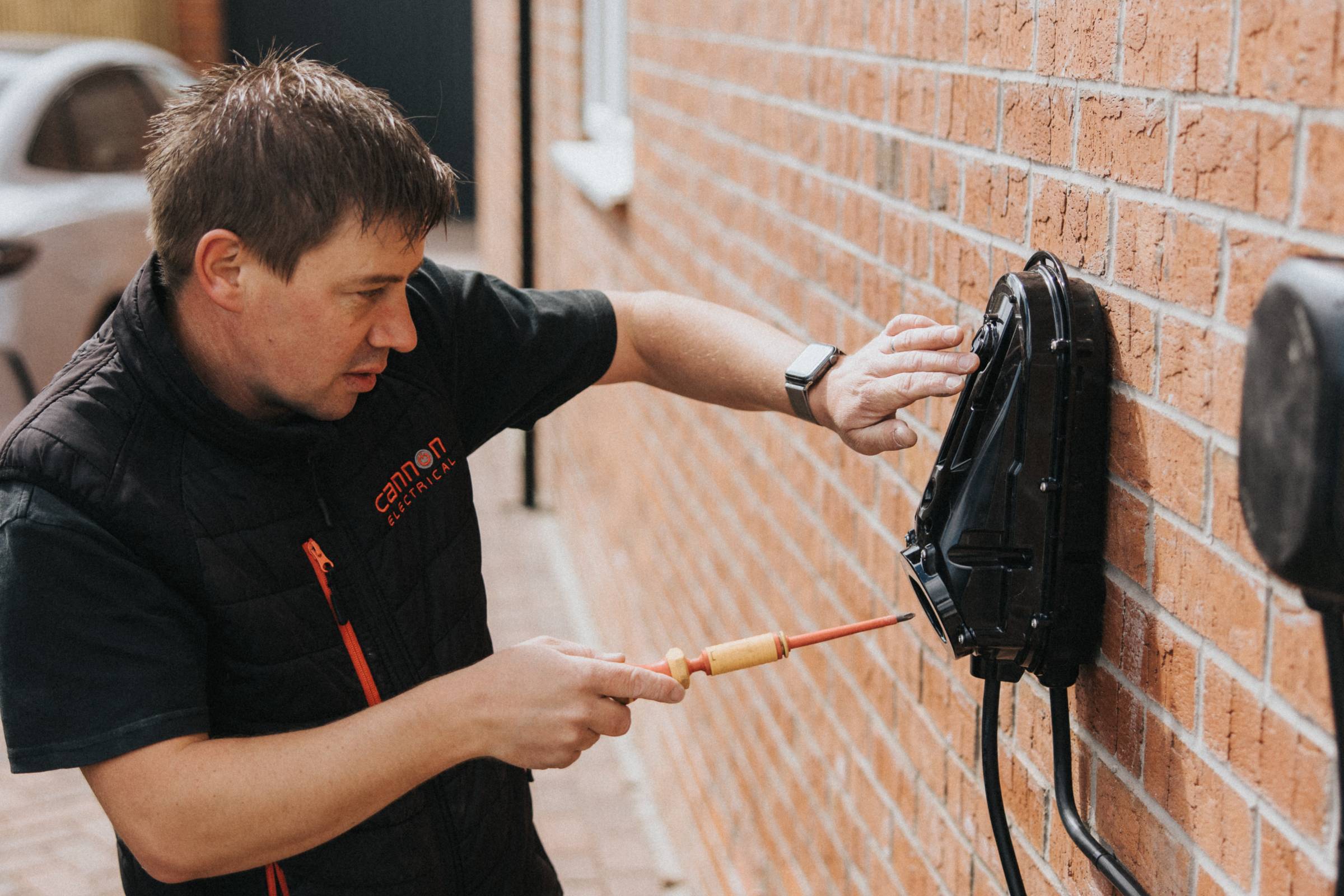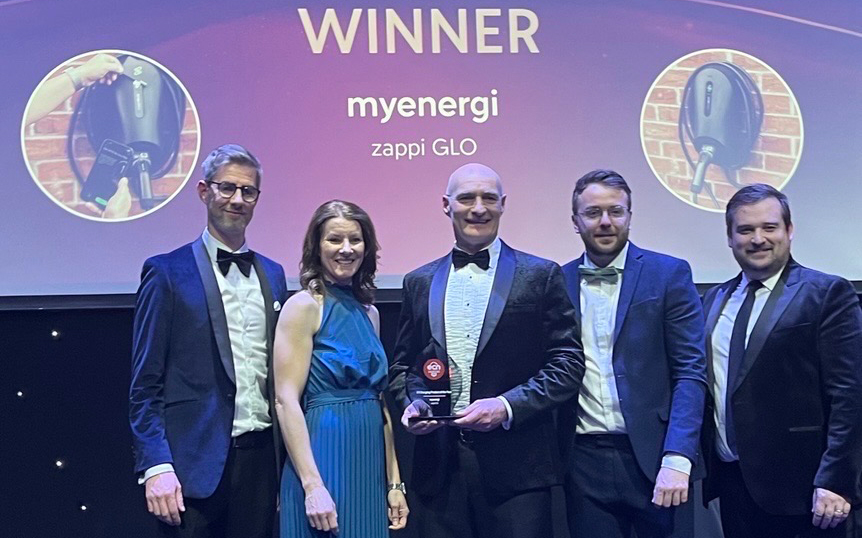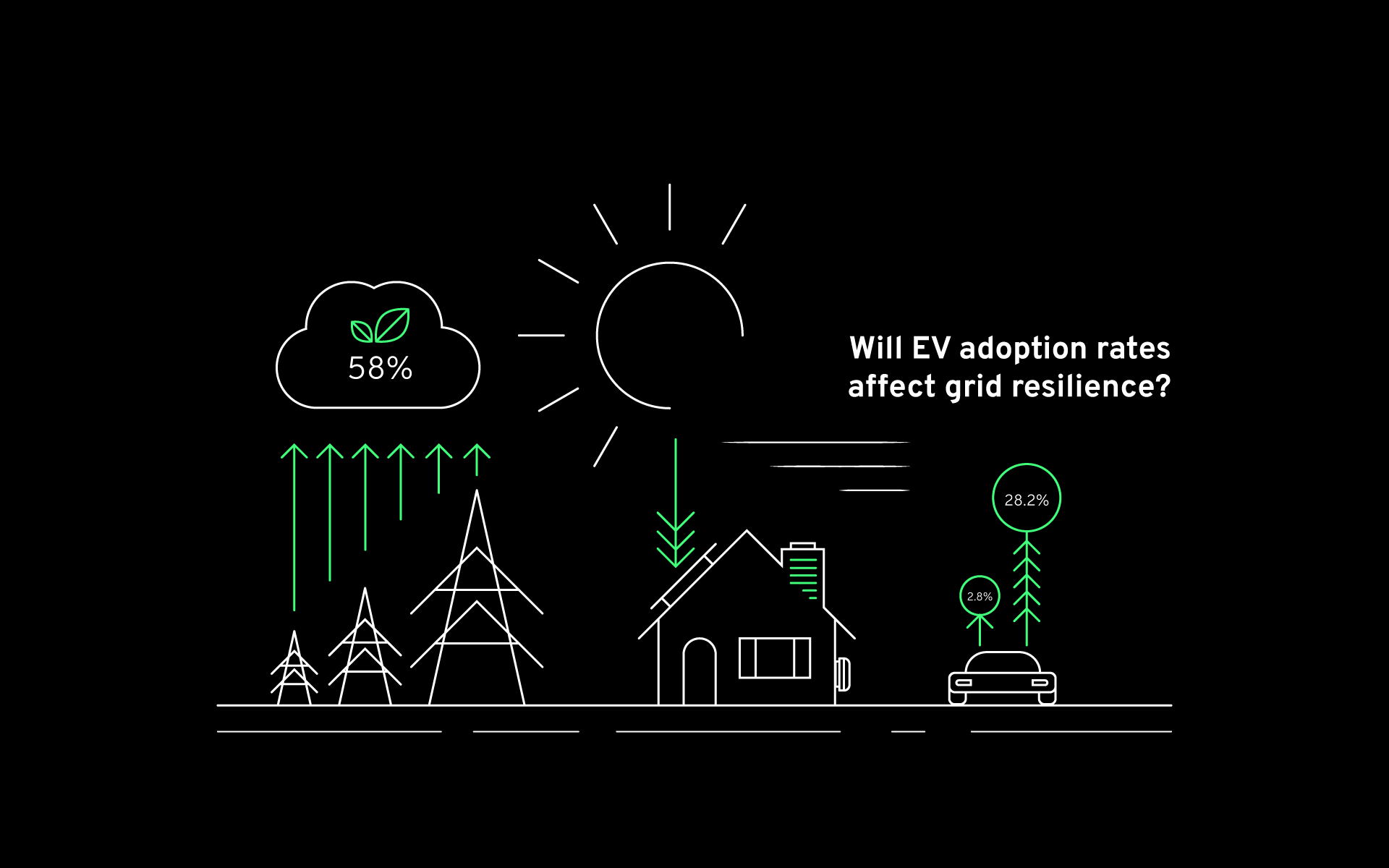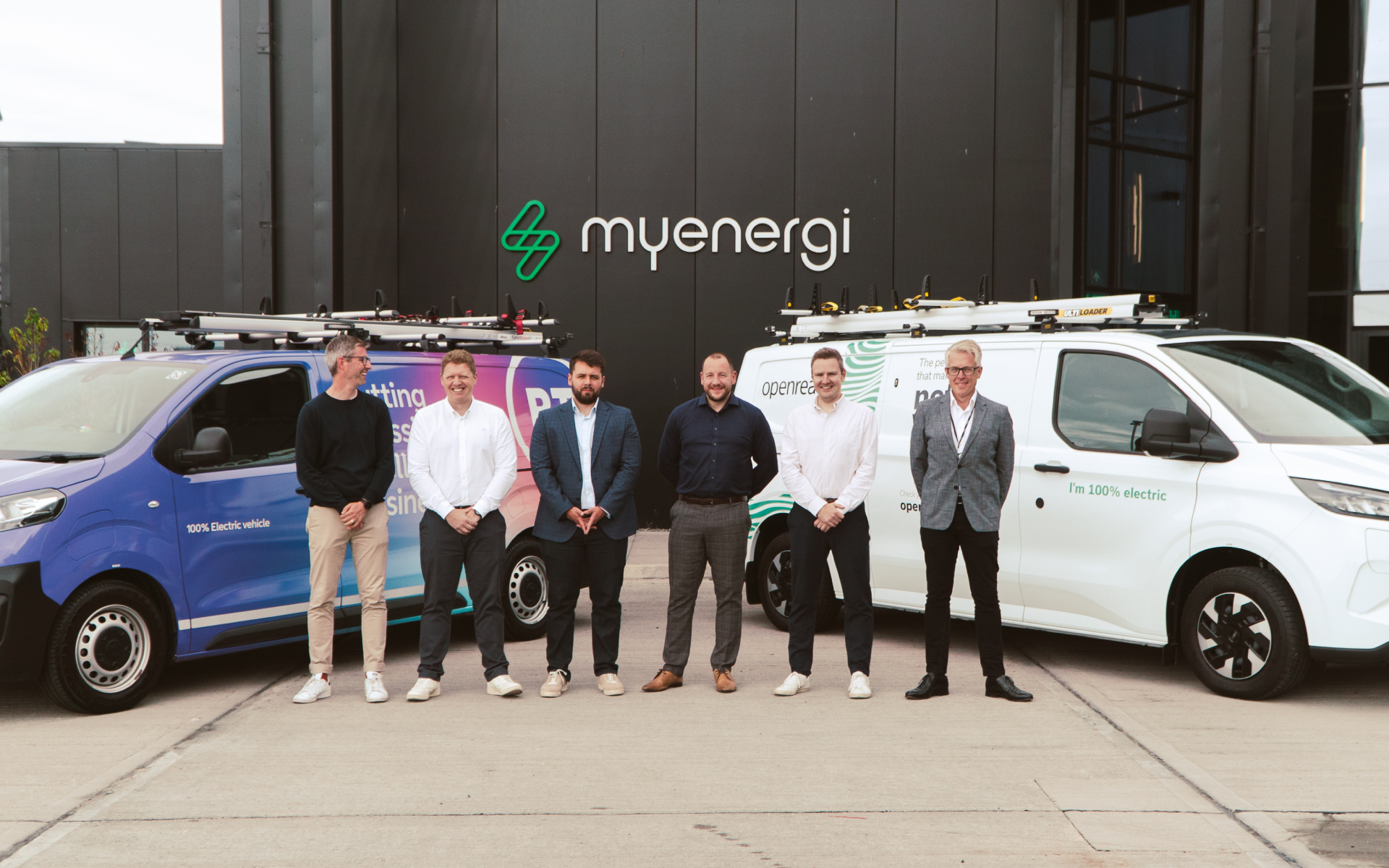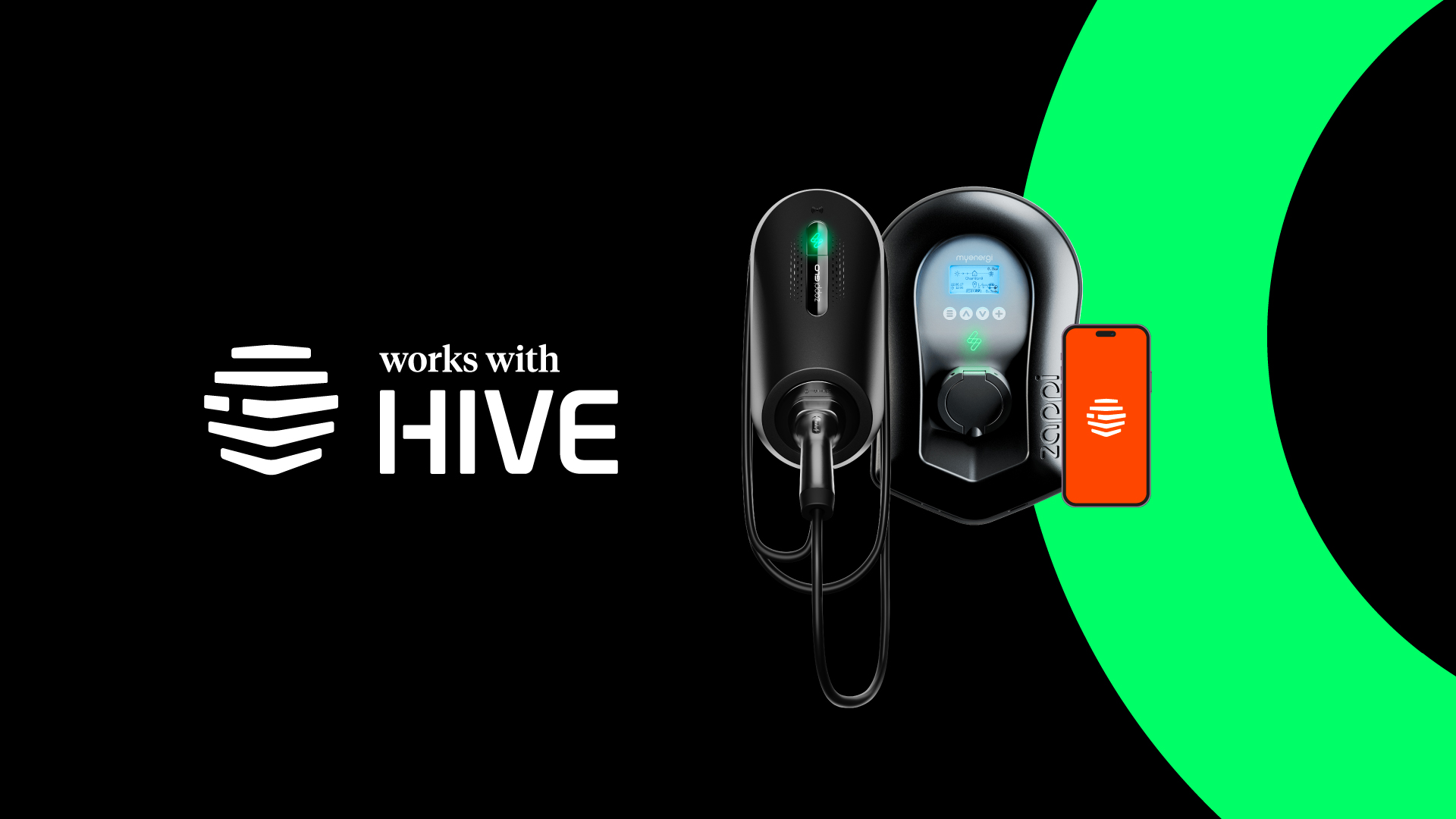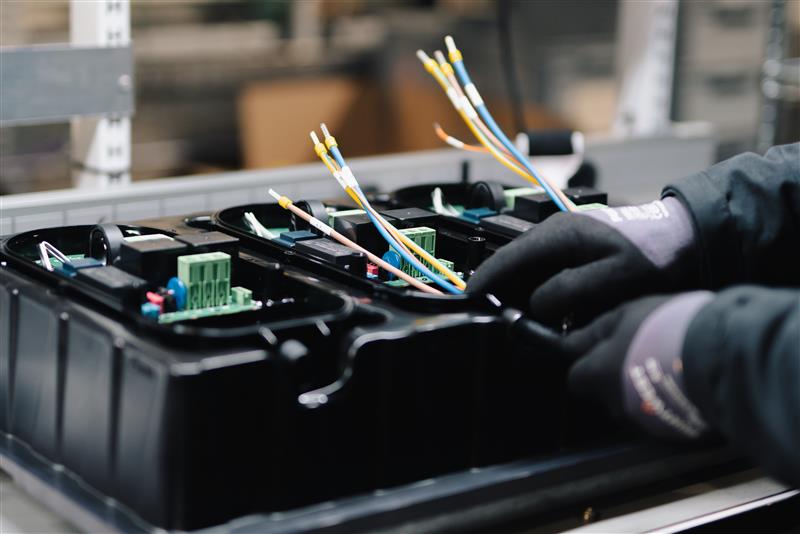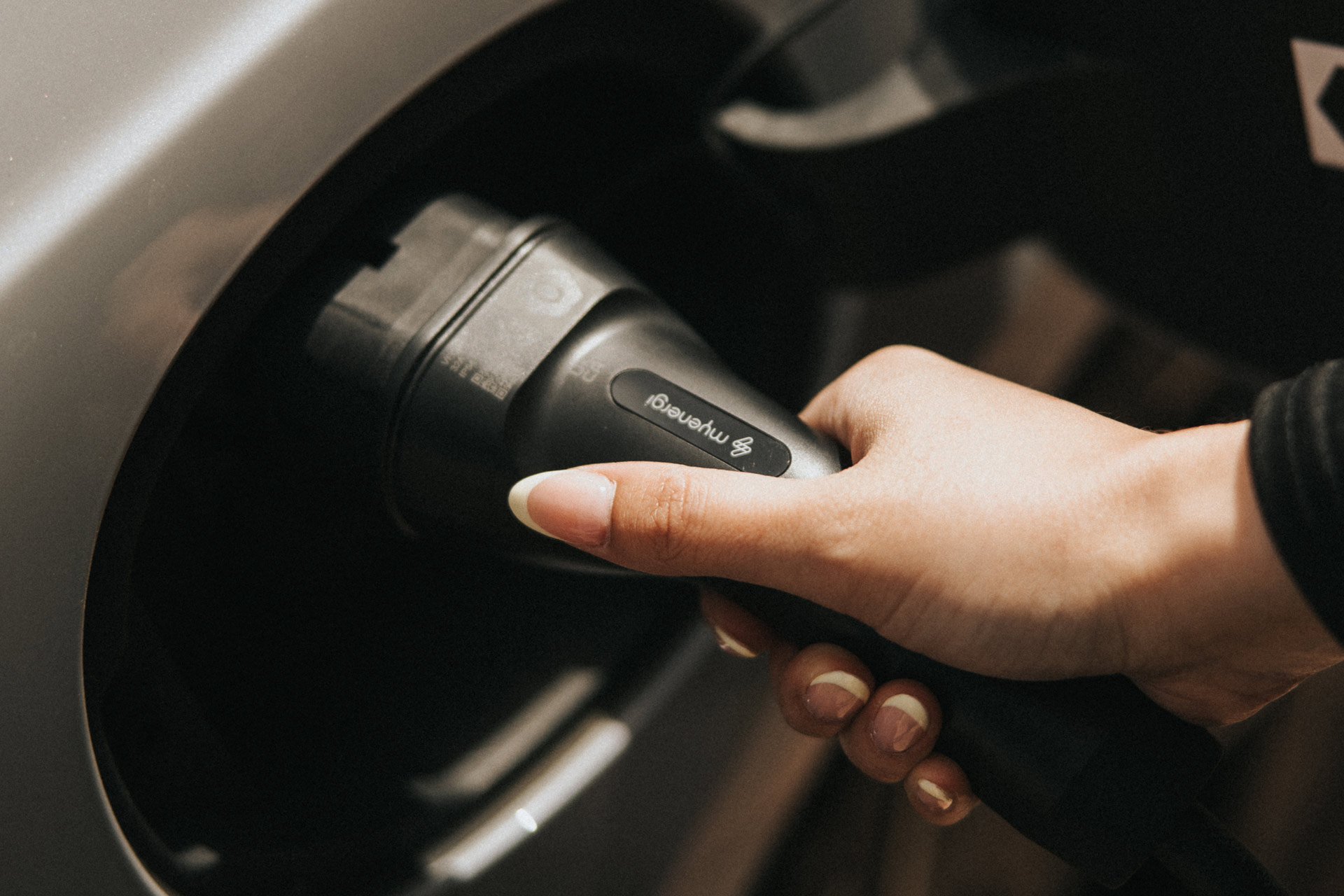In this article, Lee Sutton, co-founder and chief innovation officer at myenergi, delves deeper into impending government policy surrounding the energy performance of new build properties and explains why installers should see the change as a serious commercial opportunity.
The way new homes are built and powered is about to fundamentally change, thanks to the Future Homes Standard (FHS) – a government policy that will apply to all new homes built in England from Autumn 2025. Its main aim is to significantly reduce carbon emissions from housing by ensuring that all developments are energy-efficient, low-carbon and future-ready.
Bringing together EV charging, solar generation, battery storage, heat pumps and smart controls into a seamless, efficient, and future-ready system, the FHS has the potential to unlock significant opportunities for electrical installers. With preparation, it will open the door to new business models, deepen customer relationships and enable installers to take a frontline role in the UK’s green transition.
FHS 101: What installers need to know
The FHS will soon be written into UK law, after which point there will be a transition period until December 2026, with compliance required for all new build homes from 2027 onwards. This approach aims to give housebuilders a grace period, while also providing sufficient time to make necessary preparations.
From this point, every new home in England must meet a stringent new benchmark for carbon emissions and energy performance. This includes a ban on gas boilers, with air- and ground-source heat pumps now becoming standard, as well as mandatory solar panel installations for approximately 90% of new homes.
This supplements existing legislation from 2022 which says that all single dwellings with a driveway must have a fully-functioning, smart-enabled EV charger installed. that’s capable of responding to time-of-use tariffs and managing grid load.
zappi GLO, the latest solar-compatible EV charger from myenergi, is the perfect solution for meeting these new requirements. The eco-smart device offers out-of-the-box energy tariff integration and automated solar compatibility as standard. This means users can harness energy from their own microgeneration or take advantage of smart energy tariffs. In addition, smart devices like zappi GLO offer interconnectivity with other home energy technologies, such as heat pumps and water cylinders. Together, these devices can form part of a complete home energy ecosystem which offers users more control over how and when they consume energy – a real step towards true energy independence.
Why does the FHS matter?
With the removal of gas as a primary heating fuel, new homes will rely almost entirely on electricity for their heating and hot water. When you add in the new requirements for EV charging, there will be more demand, more complexity and more opportunity for the skilled electrical installer.
The future of smart technology surrounds integration, with the ambition of heat pumps, solar PV, battery storage and EV charging all working together as an interconnected energy ecosystem. As such, housebuilders will rely on installers that can understand and deliver systems that balance the electrical load from heat pumps and EVs; optimise solar generation and self-consumption; integrate smart controls, sensors, and tariff-based automation; and that can future-proof homes for bi-directional energy flows, such as vehicle-to-grid (V2G).
Success for the savvy installer may sound complex, but the opportunity is clear. To take full advantage, the perfect match of technical readiness, product knowledge and collaborative planning with developers, builders, and energy assessors is key.
Four ways to prep for the Future Homes Standard
Step 1: Think big
Future-ready homes won’t just have an EV charger or solar inverter, but a fully integrated energy system. For installers, that means going beyond single-point installations and thinking holistically. Whether it’s combining heat pumps with solar PV, linking EV chargers with battery storage or configuring smart controls that respond to off-peak tariffs, these systems must now work together.
Understanding how different technologies interact both physically and digitally is critical. At myenergi, for example, we’ve developed an ecosystem where products like our zappi EV chargers, eddi power diverter and libbi home battery integrate seamlessly through our app, enabling efficient, automated energy flows that simplify smart home management for the end user.
Step 2: Know the regulations inside out
Being FHS-ready isn’t just about knowing the technologies available, it’s about understanding the rules that shape the build. Key sections of Building Regulations underpinning the FHS include Part L (energy performance), Part S (EV charging provision), Part O (overheating mitigation), and Part F (ventilation).
These regulations are interlinked and a misstep in one area can cause problems in another. For example, the placement of equipment affects not only performance but also a building’s ability to meet overheating standards. Installers who understand how these elements work together can offer valuable input at the design stage and avoid costly last-minute changes on-site.
Step 3: Train, upskill and partner
The technologies that underpin the FHS are evolving fast and installers who are well-prepared will be able to take full advantage of the opportunities afforded. That’s why ongoing training and manufacturer engagement are more important than ever.
Whether it’s learning the latest in heat pump installation, understanding battery storage management or getting to grips with smart energy automation, upskilling is a direct investment into the business.
At myenergi, we offer training courses and hands-on technical support to give installers complete confidence, while also supporting with marketing and lead generation Partnering with trusted suppliers who understand the market and the challenges facing their customers, far beyond simply making sales, can help installers gain that real competitive edge.
Step 4: Look to the long term
Modern eco-smart systems can generate valuable performance data to help homeowners track their usage and optimise energy habits. By adopting smart-enabled, data-compatible technologies now, energy consumers can better prepare their homes for an increasingly connected and interoperable future.
For installers, this also presents an opportunity to offer long-term value through monitoring, aftercare and system optimisation services. By helping clients understand how to maximise self-consumption, time-of-use savings or EV charging efficiencies, installers can build trust and open the door to recurring revenue – whether through callouts, upgrades, or service contracts. In a world of connected homes, customer relationships no longer end at job completion.
Looking ahead to 2027…
The FHS is a bold step forward towards decarbonising UK housing. While certainly presenting challenges to housing developers, it presents a huge opportunity for installers. As every new home becomes a virtual power station – generating, storing, and consuming its own clean energy – electrical expertise will quickly become more important than ever. 2027 will roll around in the blink of an eye, so getting ahead of the curve now is key to reaping the biggest and best rewards.
For more information about myenergi and its latest range of eco-smart home energy tech, visit www.myenergi.com.

